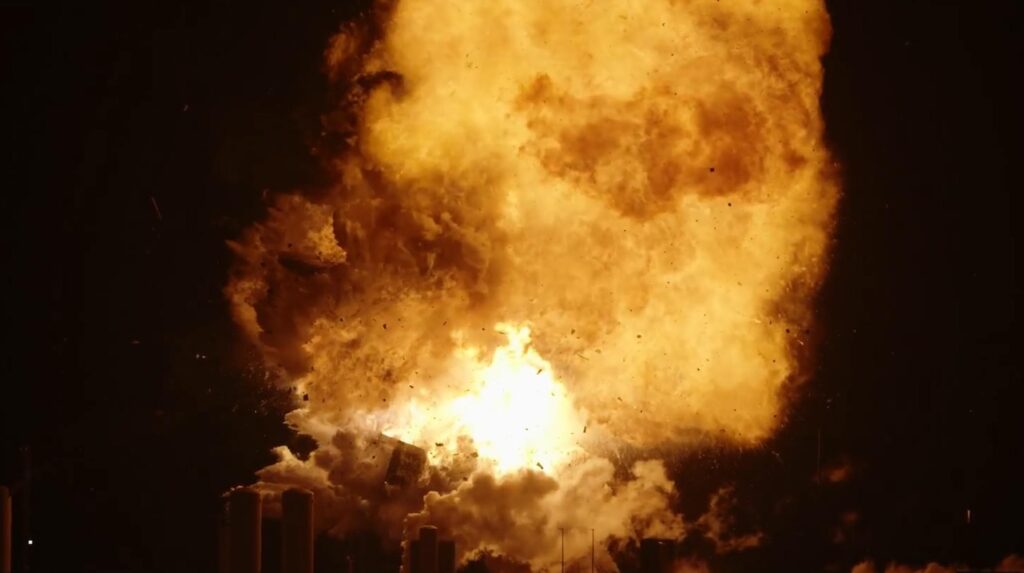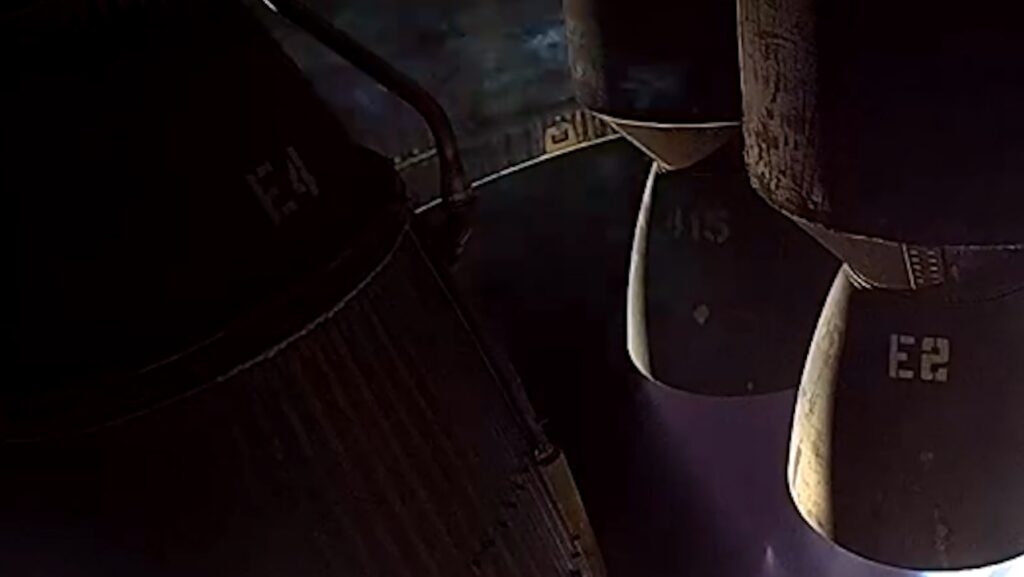Are Old Engines Good For New Rockets?
40-Year-Old Russian Engine at Heart of Rocket Investigation
“The thing to keep in mind in all this is that we don’t know what caused the mishap,” Cowing cautions. “We all saw the explosion at the bottom of the rocket, but that doesn’t mean anything. These investigations take time, and sometimes we don’t even end up with all the answers.”
Did Soviet-era engines doom Antares?, Mad Science Innovation
“Not that older equipment is necessarily flawed. NASA Watch publisher Keith Cowing, with whom I also spoke on the phone today, says: I don’t necessarily have a problem with old stuff, if you maintain it. If it used to work, it still can work. There are DC-3s in Antarctica that have been rebuilt three times that fly people to the South Pole. It’s the issue of, does the machinery do a task that you need it to do? Do you understand it well enough that you can maintain it in operating condition, and does it make sense financially?”
NASA, Orbital Sciences Begin Antares Loss Investigation, Aviation Week
“Although investigators are keeping their options open, a prime suspect is expected to be a potential failure mechanism involving the AJ-26, a liquid oxygen/kerosene-powered engine originally developed for the Russian space program as the NK-33. An AJ-26 slated to power an Antares on a mission to the ISS in 2015 experienced a failure during a hot-fire test at NASA’s Stennis Space Center in Mississippi on May 22.”
@milesobrien on #Antares (Soviet era engines) Vs #Falcon "which would you prefer: a Volga or a Tesla?" #BestQuoteYet pic.twitter.com/O1SFKSLKkj
— NASA Watch (@NASAWatch) October 30, 2014









I loved that term “catastrophic anomaly”!
Although nothing matches the even pithier old nuclear power industry euphemism, “energetic disassembly”. lol
Also, referring to another of those articles:
I don’t necessarily agree “Orbital’s loss is competitor SpaceX’s gain.
If an Atlas failed, I would agree. On the other hand, the Antares failure harms the the whole commercial spacefilght program. Critics have jumped on to this accident to condemn the whole enterprise.
http://www.russianspaceweb….
If I remember correctly, every time the Soviets tried to launch the N1 booster, it exploded. Looks like a possible design flaw.
the N-1 used different engines, the NK-15. the NK-33s were improved versions of that engine, and would have flown on the next N-1 if another had been built. the reason there were a surplus of them is that they were intending to build more N-1 rockets, but when the program was cancelled and the terrible failures of the Soviet moon program were swept under the rug, the engines were put aside, until the 1990s when they were rediscovered.
It’s probably not too bad an engine, its got an excellent thrust-to-weight ratio and ISP, being cheaper surplus used exclusively for launching unmanned payloads they do a good job lofting up its much less efficient, but also cheap and vintage(design) solid upper stages. So the engine component reliability may be more than enough for unmanned launches.
The engines themselves were probably the most well tested part of the N-1 booster, there are a few reasons they didn’t succeed. First is the Soviets lacked facilities needed to fabricate rocket engines large enough for a heavy lift rocket design like the Saturn 5, they needed to use more of the smaller engines(30) they did have the facilities to manufacture. What inevitably happened was that with so many more parts the odds greatly increased that the failure or catastrophic failure of any one component would result in a loss of the launch vehicle, manufacturing standards for things like wires and fuel lines, fasteners, ect may not have been checked as closely as the engines, there was lots of opportunity to overlook a problem with so many parts, and lots of room for human error in assembly. A loose wire or a leaky fuel line could doom a launch in those days, the N-1 rockets were handled roughly in transit (by modern standards) increasing the likelihood some connection might be loosened, or some leak developed while moving or erecting the rocket. I’d guess quality control is far better on the Antares in the United States in 2014 than it was on the N-1 in the Soviet Union in 1972.
100 year old steam locomotives are still running also, but if you don’t treat them right, they blow up in your face.
Just before the explosion on the Antares, someone called out that the engines were running at 108%. Wonder if they were originally designed for that? What have years of storage done to the metallurgy?
That is standard. The 100% is “cruise”. They engines power higher and lower as specified. The 100% does not refer to maximum red line.
the percentage is of “rated thrust” which is the baseline amount of thrust a design can generate. if the design is improved and thrust can be increased, that baseline amount doesn’t change.
as an example, the Shuttle regularly launched with its SSMEs at 109% thrust, and could throttle up to 111% thrust in emergencies with no problem.
The real problem I see with losing lift from the Antares is that it narrows competition.
RD-180s on an Atlas V will, likely, render the V a non-competitor (not that it’s inexpensive for lift).
The loss of Orbital’s Antares rocket after this incident– until the new Antares v.II (not V-2) gets a flight history– reduces the degree of vendor diversity. As competent as SpaceX has been so far, a large enough unplanned (smirks) disaster which requires re-engineering would leave us with exceptionally expensive “lift”.
(Imagine, if you will, the launch abort test for DragonV2 on a specially “rigged” Falcon 9 proving Dragon can cope with a failure on the same scale as the Antares… While we might decry the loss, having a Dragon survive the blast and flames during an abort test would be, well, pretty effing impressive. If such a test gets scheduled on a July 4th from Wallops… it’d pack one heck of a wallop!)
Mind you, SNC vs capsules isn’t much of a debate ‘cuz these things gotta get a lift from SOMEWHERE. We don’t have as much lift capacity as we have potential capsule/glider technologies.
So the Antares failure hurts all of us… even SpaceX. I’m not sure Musk wants to have a “functional monopoly”.
We need more resilience, not less. With too few purveyors of lift capacity the whole system becomes far too brittle to sustain.
I suspect the Dragon 2 (apparently SpaceX has wisely dropped the “V” from the name) and the CST-100 could survive. It looked like an engine out and fire, then blam! I would image that the instant things went out of spec the escape rockets would fire and the capsule would be outta there.
The whole scene, particularly at night, would be outrageous.
when did SpaceX remove the V?
it’s still called the Dragon V2 on the spaceX website. http://www.spacex.com/news/…
That page is from May . SpaceX, as media savvy as they are, do a poor job on the web site.
I am looking to find the reference where I saw the name change (not on a SpaceX site).
Ever notice how hard it is to find something after you saw it once?
Ok, found it: FWIW:
This is the fifth time the commercial vehicle – that has aspirations of becoming crew-rated into an advanced version known as Dragon V2 (or simply Dragon 2 as now referred to internally) – has paid a visit to the Station.
http://www.nasaspaceflight….
Now, the question is, is Dragon 2 just an internal nickname, or is it supposed to be the official moniker? I suspect we will find out when Dragon (V)2 returns to the limelight for the abort tests.
i’d guess it’s just shorthand.
Again, I see no problem with calling the craft “Dragon V2.” Apparently the public doesn’t either given the lack of protests seen or reported.
And no one noticed my pun about a wallop at Wallops…
(shakes head)